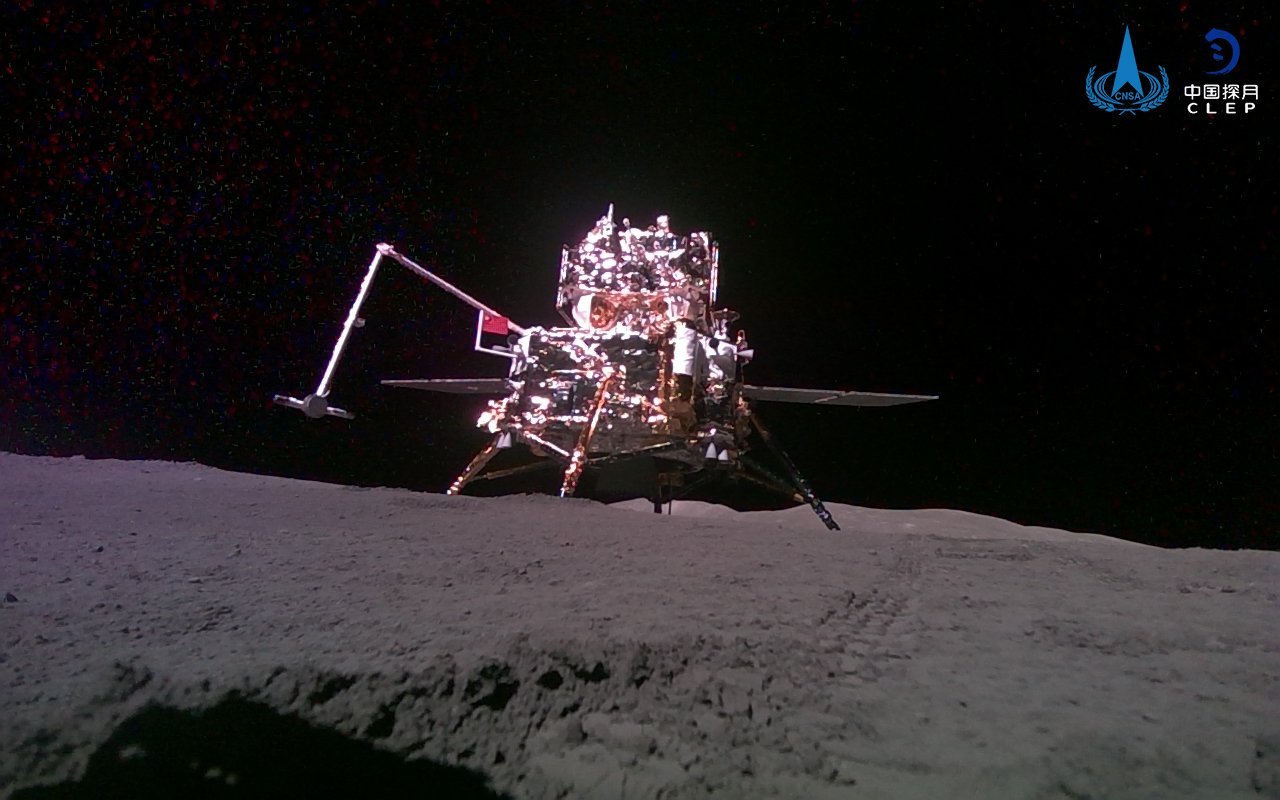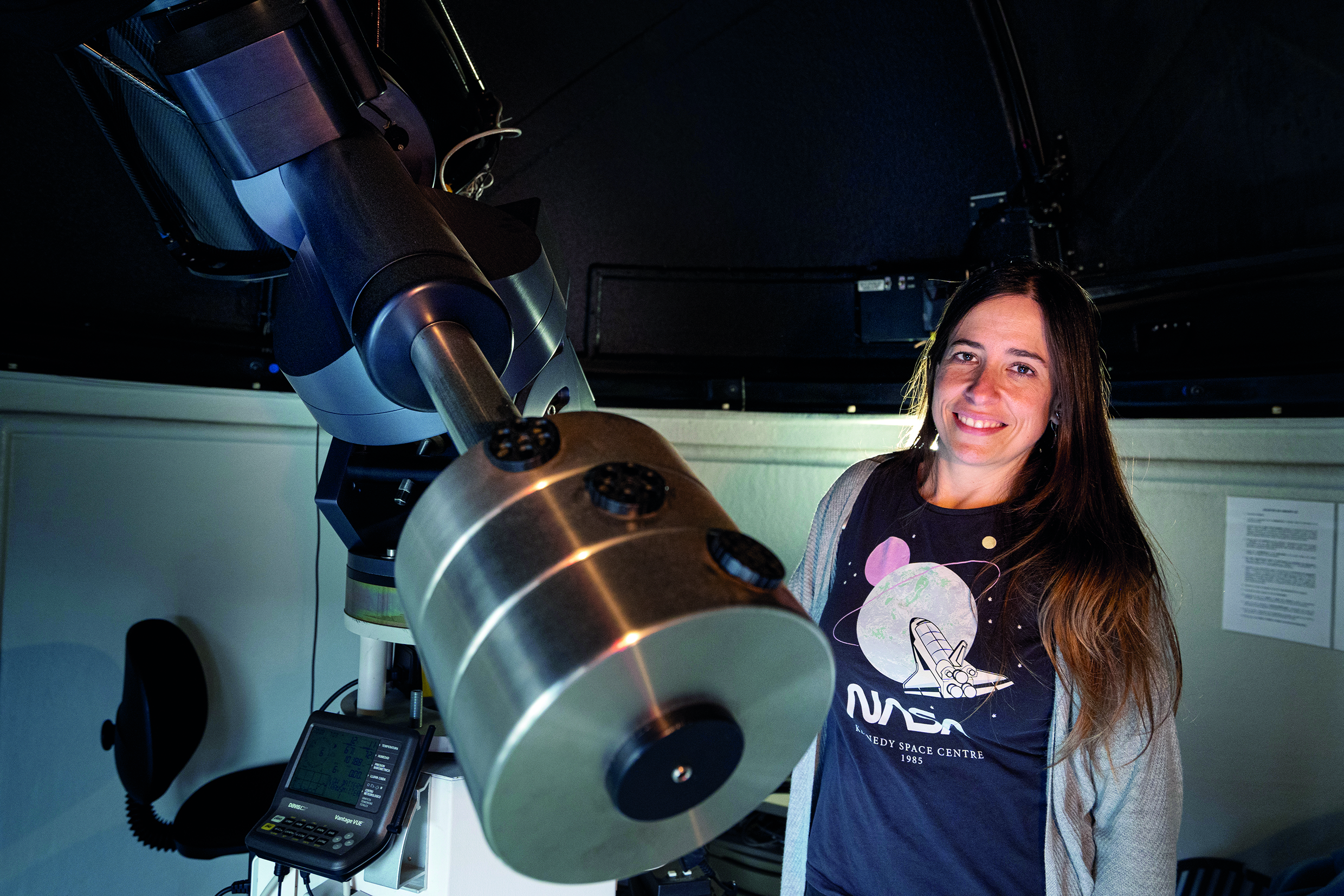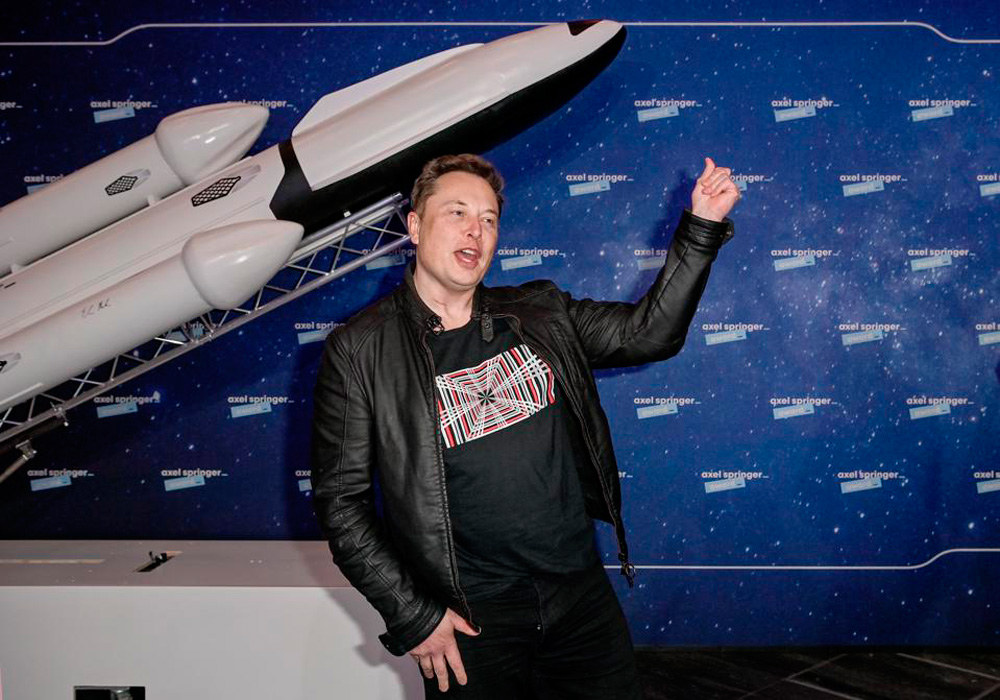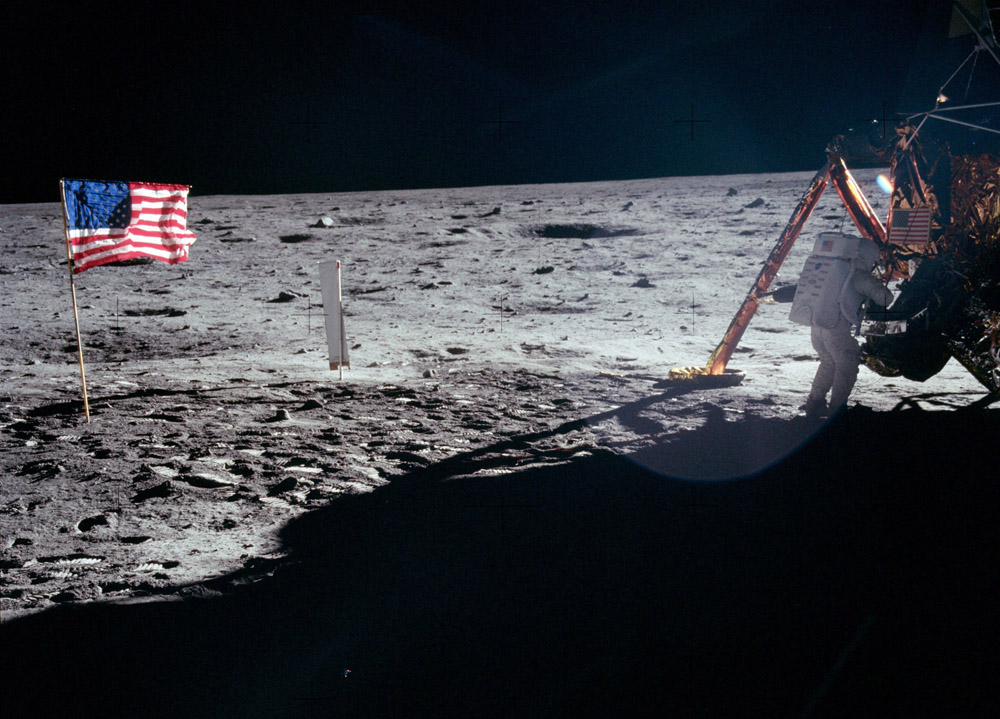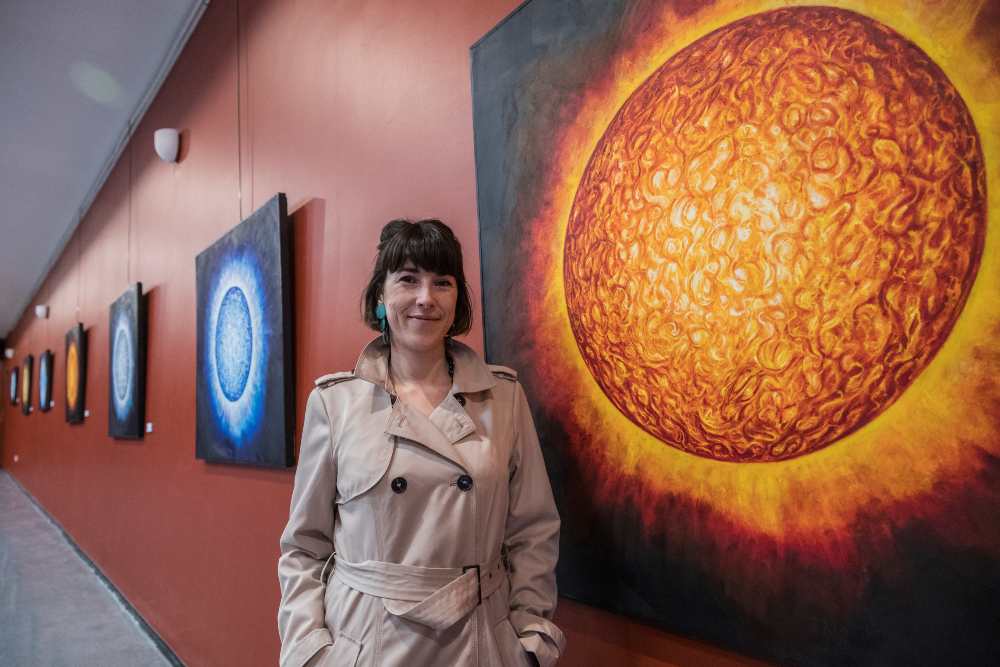“In 2025, the first woman and the first non-white person are expected to reach the moon.”
- Eneko Axpe Iza (Barakaldo, 1986) is a physicist and researcher at NASA, USA, San Francisco. He's the first Basque physicist at NASA. He's also a musician in various groups. He's now working full, he's got an interesting project: he's researching how to feed the three people who are going to do the mission to Mars in the 2050's. It talks about the dangers and problems of the mission, with its feet on the ground, in the Basque Country.
How have you arrived since rocket launches into space? I studied physics at
Leioa, then I did two master's degrees and finished my international doctorate. I've been a lot out of Euskal Herria: in Spain, in England (in the universities of Oxford and Cambridge), and in late 2017 I went to the United States, to Boston, and a little later to California. I live there, and I've found a job that I like at NASA.
Are you Basque at NASA before?
Better said, I was a Basque physicist before, because there have been engineers. For example, Leo astronaut Ehyhart Biarritz opened the Columbus laboratory at the international space station. He was a first pilot and has been in space twice.
In my case, I will, in principle, continue working as a scientific collaborator at NASA until 2025, immersed in a long project. We are now studying and projecting how the three missionaries who will travel to Mars by 2050 will feed. The idea is that food will grow in the mission itself, but we showed it, and that's why we were rewarded in 2018, on Mars mission astronauts would lose a lot of mineral bone density. It will have to be tackled and our proposal will be to develop the myelium for the great mission that will take place in 2050 or in the area. Myelium is a fungal root, rich in proteins, grows rapidly and needs little water.
On a Mars expedition, are you studying how to survive three people for three years? In the decade of 2050, man will be sent to Mars for the first time. In principle, we won't walk on Mars, it will be turned around. But the journey is three years and the body suffers a
lot. Because the spacecraft is small, the first problem will be psychological, and many researchers work on it. Living three years in such a small, closed place is very hard. In addition, they are likely to develop cancer from space radiation outside the atmosphere. And the other problem is feeding: we would die without protein, and from the point of view of mass volume, it's hard to bring enough protein into the spacecraft, it's not real. For this reason, we will use the myelium not only as food but also as habitat: we have already demonstrated its usefulness to make bricks on the ground, thus creating chairs, tables, etc.
However, there will be news before: by 2025 the arrival of the first woman on the moon and the first non-white person is scheduled. But I don't have much information, I work on the Mars expedition.
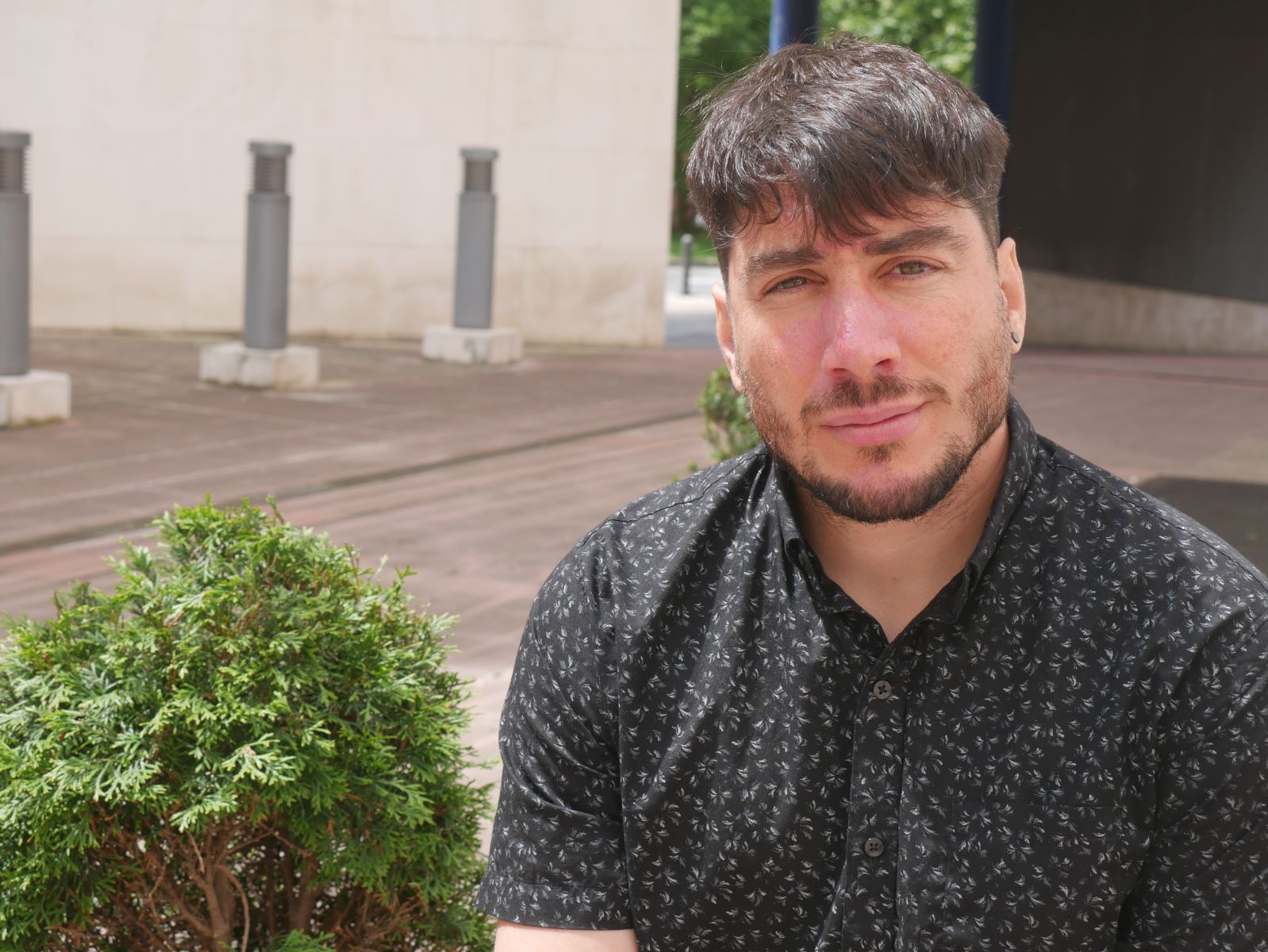
How many years is it working to engineer such a mission? Many years (laughs). Studies on Mars began centuries ago. There
are thousands of people working, it takes a lot of people and a lot of money. To go to the Moon, over 140,000 people worked on the Apollo program in 1969. Now we want to do the same thing on Mars. Spaceship, space suits, what to eat, how many sports, psychology, light… You have to anticipate and treat thousands of problems and complications.
How should the astronaut be to go to Mars or to the moon? Both physically and psychologically, they should
be very prepared, developed and strong. Also quick. Many astronauts are engineers, doctors, biologists or physicists, who must be prepared for any problem. On Earth, you have a work team, but the more you know, the better. It's three years, and if there's any health problems, it would be nice if there was a doctor in the middle. They do years of training.
What about spacecraft? They are
becoming more precise, very powerful, very well prepared. The last sent to the moon was about 100 meters long as the San Mamés camp.
His is life and nomadic profession. How do you take it? I have
already received 30 aircraft this year. In April, I traveled all three continents, for example. I am doing well now, but I know that in future I will not be able to travel so much to assume other responsibilities.
Now, sometimes I don't know if I wake up in the United States or in the Basque Country. When I was 22, I wouldn't have imagined I was going to have a life like this, not a kid. In my wildest dream, I wouldn't have imagined that my reality was this. Until then my reality was Barakaldo, my neighborhood: electronic music, the end of heroin -- At 14, I didn't know Algorta either. However, I am very proud of my people: I left Barakaldo but Barakaldo will never leave me. I want to remain happy and leave something big to society and humanity. I'm not going to spend my life lying on the couch watching Netflix or TV.
In the space of music
“If I’m good at science, it’s because of creativity. At home I have over a thousand vinyls. I started with electronic music at 12 years old mixing and then rap songs. At age 19, we created the 121 Krew group and spent over 200 concerts. Then we formed the electronics group Patrol Destroyers. I listen to music every day, and I do it weekly. In 2019, I pulled out my first solo album: Ume zahar. In this work I converted traditional instruments (alboka, txalaparta, trikitixa...) to beat, mixing Euskal Herria with California. This year I'm going to publish with a Californian producer hip-hop jazz instrumental. I've done the first song not in Basque at age 35, in English: You are my favorite problem.
Chão de Lamas-eko zilarrezko objektu sorta 1913an topatu zuten Coimbran (Portugal). Objektu horien artean zeltiar jatorriko zilarrezko bi ilargi zeuden. Bi ilargiak apaingarri hutsak zirela uste izan dute orain arte. Baina, berriki, adituek ilargietan egin zituzten motibo... [+]
James Webb teleskopioaren lehen irudiak eta datuak aurkeztu dituzte: unibertsoari inoiz ateratako argazkirik sakonenak eta exoplaneta baten espektroskopia-datu zehatzenak. “Kosmosaren ikuspegi berri eta iraultzaile bat”, Bill Nelson NASAko administratzailearen... [+]














